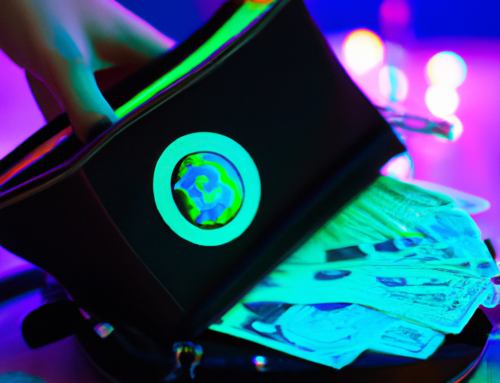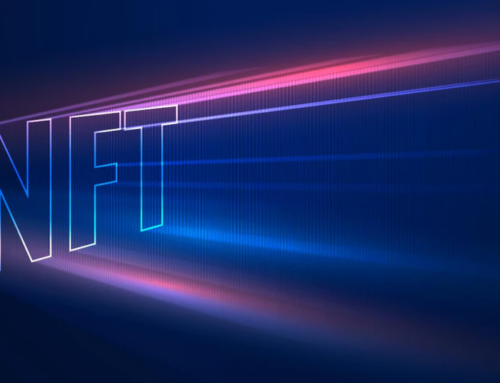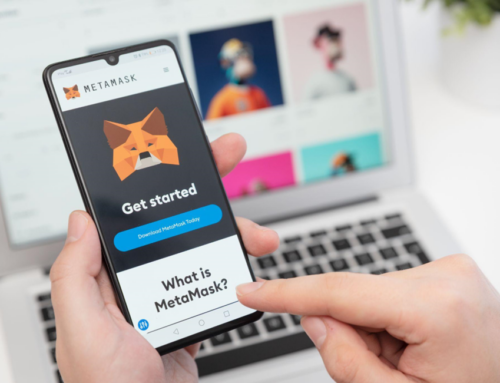By Jeffrey Milligan, VP, Customer Success, Web3 Pro
Gen Z embodies the most powerful customer potential witnessed to date in Marketing. In comparison with all prior generations, it is better educated, more affluent, involved to a greater extent with causes beyond the individual self, more cognizant of the imperative to care for our planet, and is likely to assume leadership positions faster in most walks of life. It already exerts a disproportionately weighty influence over all customer behavior, and marketers are acutely conscious of the critical importance of engaging with it.
Yet, Gen Z also presents brand custodians with one of their greatest challenges simply because this cohort is suspicious of media, and of social media, in particular.
However, Non-Fungible Tokens (NFTs)–also known as digital collectibles, immutable digital records, or digital assets–when used as a medium, are perhaps the most effective means to communicate with and engage Gen Z. In this article, we explore how Web3 could be used by disparate verticals to strengthen brand equity amongst customers and prospects of this generation.
Although also applicable to other verticals, we will discuss the Clothing, Travel, Financial Services, Adult Beverages, and Foods verticals.
In the Clothing vertical, the Patagonia brand can use NFTs to reinforce its commitment to sustainability and the environment. This is also a cause that engenders deeply felt passion amongst many within the Gen Z population.
A Patagonia garment can be accompanied by the brand’s NFT that authenticates it is made from recycled, upcycled, or repurposed materials. The Patagonia NFT could be populated with information about the environmental impact of the garment, details of the materials used, and the processes involved in its production. It could become a source of knowledge for customers seeking to learn more about the company’s commitment to sustainability and the planet, while also providing reassurance that what they have chosen to wear is authentic.
Patagonia NFTs can also offer exclusive, limited-edition items that are available only through NFT ownership. The NFT medium can be used to enhance the brand message through invitations to visit Patagonia’s headquarters, or to personally participate in a conservation project alongside company staff. At a more tactical and promotional level, the Patagonia NFT can offer discounts on new purchases when the customer sends in an old piece of clothing.
Further, the brand can use its NFTs in rewards programs for customers who take steps to reduce their own carbon impact, either by recycling clothing, or participating in environmentally-friendly activities. These Patagonia NFTs could then be redeemed for discounts or other perks, and they could enable the company to track and recognize the efforts of its most earth-conscious customers in a completely transparent manner.
If used within its own supply chain, Patagonia NFTs can also assume the function of an authenticity stamp, certifying sustainability at every stage of its entire process via entries in their smart contracts.
Finally, the brand can use NFTs to celebrate its entire customer community’s positive impact on the planet. Taking such an initiative further, Patagonia can issue NFTs which signify donations to organizations devoted to causes aligned with the brand community’s higher purpose.
Within the Travel vertical, a brand like Airbnb can use NFTs as a medium to communicate its core values of augmenting experience, authenticity, personalization, and trust.
Airbnb NFTs can offer authentic home-sharing experiences, personalized for each tourist, based on her individual interests and preferences. For example, an Airbnb NFT can enable customers to design their own unique desired experiences, or customize certain aspects of their stay, such as the type of accommodation or amenities they are seeking.
The new NFT medium can also enable access to exclusive, behind-the-scenes tours of hallmark destinations, limited-time local events, concerts, festivals, and experiences made available only to Airbnb NFT holders.
In addition, the brand can use NFTs to provide a secure and transparent record of interactions on the platform. Airbnb NFTs can hold verification of reviews, ratings, and other feedback from guests and hosts. Such NFTs will carry within them Airbnb’s commitment to authenticity and trustworthiness, and as an added functionality, they can also provide customers with a secure and transparent tool to book their travel experiences with.
The world of online travel and home-sharing decisions is increasingly competitive. Using NFTs as a new medium, one that penetrates the noise, can introduce Gen Z to Airbnb’s compelling brand appeal.
Amongst Financial Services, a brand like JPMorgan Chase can launch different NFT media formats as a fundraising tool for investment pools dedicated to renewable energy projects, such as solar parks and wind farms.
These new NFT formats can also be deployed as a recognition mechanism showcasing founders and companies who are significantly impacting the causes that the company’s fund pools are associated with. NFTs so conceived and dedicated are likely to be attractive to Zoomers, who will find them a highly engaging way to track the performance of their investments and learn about new projects to support.
Another type of NFT format can be used to represent Corporate Social Responsibility initiatives, such as donations to educational organizations, or scholarships for underprivileged students. This particular type of NFTs can hold information about the impact the donations have made and celebrate the students who have benefited from them.
Further, the company can launch a NFT format that represents DEI initiatives, supporting women leaders and providing wider opportunities to people of color as well as other underrepresented groups, not just within its own ranks, but across the entire financial services vertical.
By virtue of their sheer transparency, the NFT media formats can significantly enhance the prestige and reputation of the JPMorgan Chase brand among Gen Z customers and prospects.
In the Adult Beverages vertical, the Pernod Ricard brand can use the NFT medium to promote its commitment to fight hate speech and misinformation.
Pernod Ricard NFTs could carry within them detailed reports on the brand’s work in tracking and reporting hate speech on social media platforms. These NFTs could also be used to highlight the company’s investment in those NGOs that are supporting communities affected by hate.
Going beyond these, the brand could also mobilize its Gen Z customers to report instances of hate speech by offering NFTs as a form of acknowledgement and recognition. Pernod Ricard NFTs could build a community of committed supporters, all actively working to further the same cause. The brand and its community could conjointly track “hate footprints” and bestow Anti-Hate Certification status on participating bars and restaurants in college towns across America.
In an adjacent initiative, Pernod Ricard NFTs can also support the brand’s commitment to empowering small businesses. Branded NFTs could highlight the launch of new food and beverage establishments and include reviews by early Gen Z customers.
These NFTs could also carry reports on truthfulness in advertising by business owners, and thereby build an even closer bond between Pernod Ricard and its own Gen Z community. This particular initiative could further increase engagement potential by incorporating quizzes and challenges within each NFT.
Within the Foods vertical, Impossible Foods can use the NFT medium to track and communicate the impact of its products on the environment and on people’s health. Impossible Foods NFTs can hold information about the specific carbon footprints of the company’s products, and the nutritional benefits of plant-based meat.
The brand can also use the NFT medium to narrate and spread stories of its greenhouse gas emission reductions. Branded NFTs can enable the company to recognize and reward customers who are actively stepping up for the environment, participating in activities like beach clean ups and carpooling to destinations.
Further, Impossible Foods NFTs can authenticate the provenance of the brand’s products. As an example, specific batches of its plant-based meat can be accompanied by NFTs that uniquely correspond to each batch. These NFTs could hold details about the sources of ingredients and manufacturing processes.
The brand can use the NFT medium to transparently communicate information about its vendor policies and purchase practices, its food safety and quality protocols, and the working conditions of its employees. A subsequent NFT campaign can build ongoing awareness of Impossible Foods’ package recycling programs and supply chain waste reduction programs.
In addition, branded NFTs can be launched to announce new plant-based products, or the achievement of specific milestones, such as carbon reduction targets.
Impossible Foods NFTs can eventually become a universally available permanent record of the brand’s daily actions in sustainability. The NFT medium could also become the brand’s messenger vehicle about the sustainable agriculture practices it champions, and the farming communities it supports.









